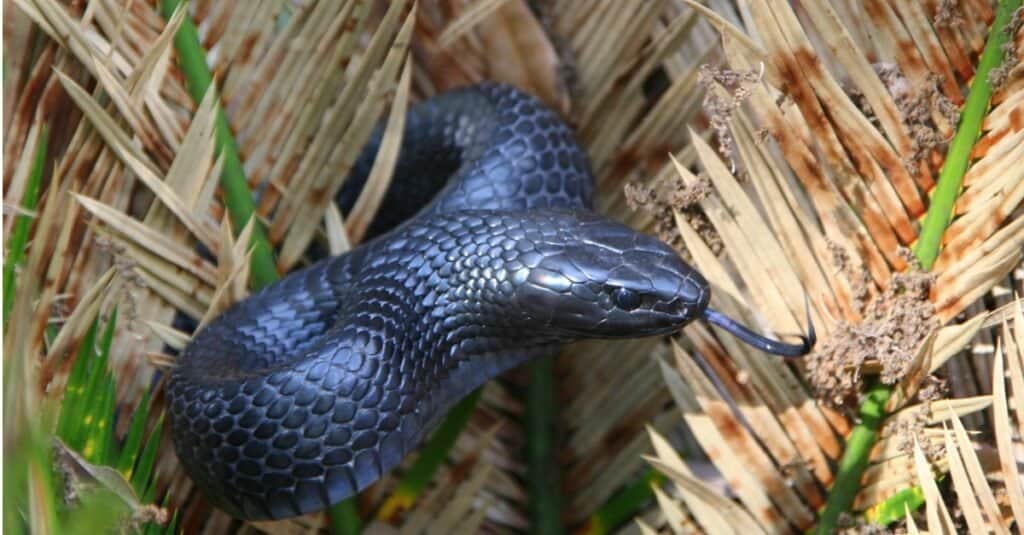Introduction
Tiger snakes (Notechis scutatus) are amongst the most interesting yet been afraid tiger snake bite reptiles discovered in Australia. With their striking look and powerful poison, these serpents evoke a mixture of admiration and caution. Observing tiger serpents in their natural environment can be an exciting experience for nature lovers, wildlife professional photographers, and scientists alike. However, it's important to approach this endeavor with respect for the pet's environment and an understanding of safety measures to prevent snake bites.

In this extensive guide, we'll discover exactly how to securely observe tiger serpents in their natural environment. We will certainly cover topics varying from understanding their behavior and habitats to emergency treatment for snake bites-- equipping you with expertise to enhance your experience while minimizing threats.
What is a Tiger Snake?
Tiger serpents are very poisonous serpents native to Australia, particularly Tasmania and coastal regions. They are recognized for their unique banded pigmentation appearing like a tiger's red stripes, which can range from yellowish-brown to dark brownish or even black.
Physical Characteristics
Tiger serpents are tool to large-sized snakes that can grow up to 2 meters long. Their bodies are durable, and they have a wide head that is distinctly broader than their necks.
Habitat Preferences of Tiger Snakes
These reptiles usually occupy marshes, tidewaters, and coastal regions but can additionally be located near freshwater sources like rivers and lakes. Recognizing where these serpents live is essential for any individual wanting to observe them safely.
Understanding Tiger Snake Behavior
Are Tiger Snakes Venomous?
Yes, tiger serpents are amongst the most venomous serpent varieties globally. Their venom contains neurotoxins that can result in major medical issues if bitten.
Behavioral Traits
Tiger snakes are normally timid creatures; they prefer to prevent human interaction. However, they can end up being hostile if intimidated or cornered.
Where Can You Discover Tiger Snakes?
Tiger Snake Environment Exploration
To securely observe tiger serpents in their all-natural habitat, it's important initially to determine where they grow. They have a tendency to favor:
- Coastal marshlands Mangroves Swamps Riverbanks
Best Locations for Observation
Some suggested locations include:
- Tasmanian wetlands The coasts of southerly Australia National parks with water bodies
Safety Precautions Before Observing Tiger Snakes
Understanding the Threats of a Tiger Serpent Bite
Although encounters with tiger serpents can be thrilling, knowing the dangers included is extremely important:

First Help for Snake Bites: What You Required to Know
Knowing what steps to take if bitten can save your life or somebody else's:
- Stay calmness; activity increases poison spread. Call for medical help immediately. Do not apply ice or effort suctioning.
How to Securely Observe Tiger Snakes in Their Natural Habitat
When you decide to observe tiger snakes in the wild:
Dress Appropriately: Use long trousers and sturdy boots. Use Binoculars: Maintain a risk-free distance while observing these reptiles. Avoid Sudden Movements: Quick movements might alarm them. Stay on Established Trails: Avoid straying right into thick underbrush where presence is low.Equipment Required for Observation
Essential Gear Checklist
- Binoculars First-aid kit specifically developed for snake bites Field guidebook on Australian reptiles Camera (with zoom ability)
Snake Bite First Aid Set Essentials
A well-appointed emergency treatment package need to consist of:|Thing|Objective|| -------------------------------|-------------------------------|| Compression plaster|To incapacitate the affected location|| Antihistamines|For allergic reactions|| Emergency situation contact numbers|Quick access during emergency situations|
Interpreting Tiger Serpent Signals
Understanding how tiger snakes connect with body language helps observers gauge when it's secure or unsafe:
Common Behaviors
Defensive pose: If coiled or raised off the ground. Retreating behavior: When they gradually retreat from potential threats.Dealing With Possible Encounters
Even with safety measures taken, an experience might still occur throughout your observation journey:
Remain calm; stressing just heightens risks. Slowly back away without transforming your back on the snake. Make your existence known vocally yet stay clear of sudden movements.Frequently Asked Inquiries About Tiger Snakes
1. What should I do if I see a tiger snake?
Remain tranquility; observe from a distance without disturbing it.
2. Are baby tiger snakes dangerous?
Yes, juvenile tiger serpents are born poisonous and may pose threats similar to grownups despite being smaller.
3. How common are tiger serpent bites?
While cases take place each year in Australia, casualties are uncommon as a result of punctual therapy availability.
4. Can I maintain a tiger snake as a pet?
Keeping wild tiger serpents as animals is unlawful in several areas due to conservation laws.
Check out the post right here5. What does a tiger serpent attack appearance like?
ImmobilisationBite marks typically show two puncture wounds in addition to local swelling and discoloration.
6. How reliable is antivenom?
Antivenom therapy is highly efficient when provided timely after a bite.
Conclusion
Observing tiger serpents in their natural environment provides a thrilling chance for wild animals lovers however must be come close to with caution and respect for both the creature and its setting. By equipping yourself with understanding about these fascinating reptiles-- consisting of recognizing their behaviors and precaution-- you can take pleasure in memorable experiences while dramatically lowering risks connected with encounters.
In summary, constantly focus on safety and security by preparing adequately prior to embarking on any kind of wild animals monitoring exploration-- especially when handling a few of nature's most poisonous creatures like the tiger snake!
